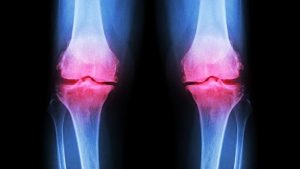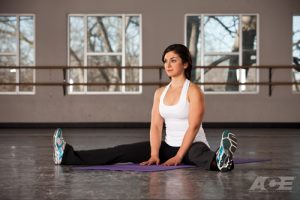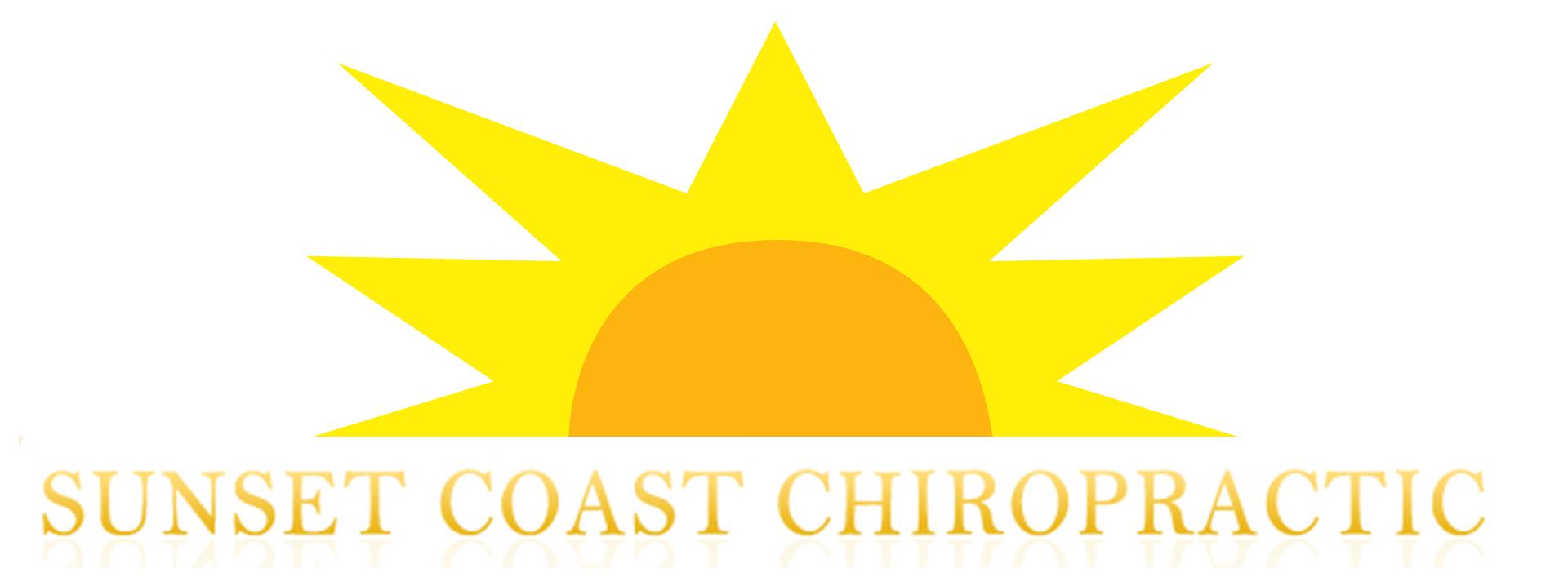We are all familiar with the term “arthritis”. Arthritis affects 1.9 Million Australians. Most of us know people who suffer from arthritis. In fact, many of the muscle and joint symptoms that we personally experience may actually be signs of osteoarthritis (OA).
What is Osteoarthritis (OA)?
OA is a degenerative condition that affects the joints. OA usually affects people over the age of 45, but it can also develop in younger people. Although we often think of shoulders, hips and knees when we hear about “arthritis”, the spine is a common site for these degenerative changes, which makes your Chiropractor a valuable partner in the ongoing management of this condition.
What are the symptoms of OA?
The symptoms of OA vary from person to person. The most common symptoms are pain and stiffness of the joints (including spinal joints). These feelings are usually worst after not moving the joint for a while (like when we first get up in the morning or getting up after prolonged sitting).
How is OA diagnosed?
In most cases there is no clear cause of OA; however, it is usually attributed to “wear and tear”. In most cases a Chiropractor can diagnose OA based upon your symptoms and a physical examination an further with X-Rays.
What will happen to me?
The impact of OA on your normal activities and lifestyle depends on which joints are affected. The outlook usually improves when including Chiropractic care in your personal arthritis management plan.
Is there a cure for OA?
Currently there is no cure for OA, only management strategies.
What can I do?
Speak to your Chiropractor about the most appropriate treatment and exercise regime to manage your symptoms and help prevent the condition from getting worse.
Chiropractic management of OA has proven to be safe, effective and is used as an integral part of many individual arthritis management plans.
Towards Wellness: The Side Stitch
You know it: a sharp pain just below the rib cage that always seems to pop up when you’re working out your hardest. It’s called the side stitch, and it can be a major nuisance—especially when it keeps you from completing a workout. To ease the ache (so you can get on with your run), take your fist and press it beneath your rib cage while taking deep breaths from your belly for about 10 steps. In about 30 seconds, the pain should subside, so you can get on back to (fitness) work.
S-T-R-E-T-C-H of the Month: Straddle Stretch
- Sit on the floor with both legs extended out to the sides so that you’re in a V.
- Open your legs as wide as possible and flex your feet.
- Take a few deep breaths and try to inch your body forward and open your legs wider. If it feels comfortable to you, fold forward and reach your arms out on the floor in front of you as far as you can.
- Hold for 30 seconds.
